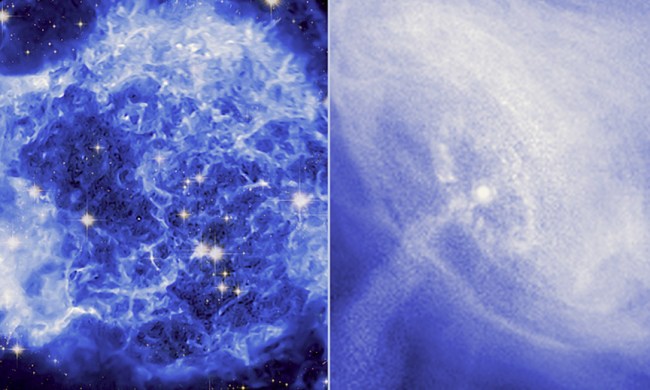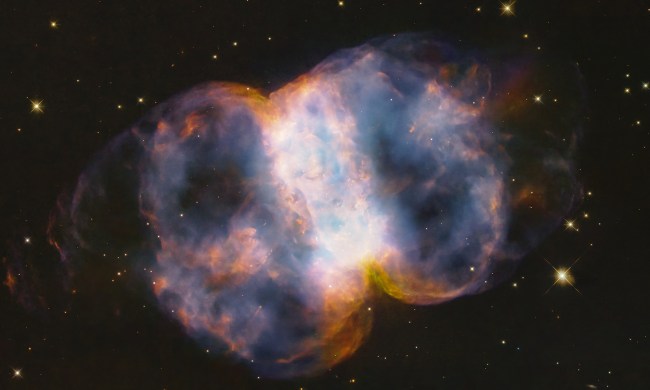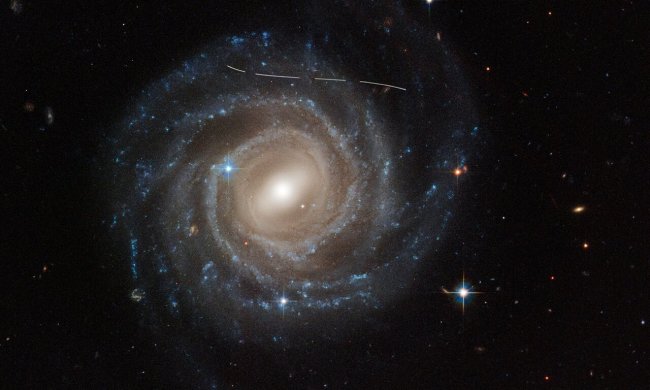The Hubble Space Telescope has captured a time-lapse of a supernova in the spiral galaxy NGC 2525, showing the epic explosion and aftermath of a white dwarf slurping up material from a companion star and detonating in a thermonuclear blast.
The supernova is called SN2018gv and was first identified in January 2018. The next month, Hubble began observing it, watching as it dimmed over time. The data Hubble recorded was used to create the time-lapse in the video at the top of this page, showing how the brightness changed with time.
“No Earthly fireworks display can compete with this supernova, captured in its fading glory by the Hubble Space Telescope,” said lead researcher and Nobel Laureate Adam Riess of the Space Telescope Science Institute (STScI) and Johns Hopkins University in a statement.
The supernova is also shown in a Hubble image, where it shines brightly in the left part of the frame. It is located 70 million light-years away, in the constellation of Puppis in the southern hemisphere.

The way in which the brightness of a supernova fades over time is important as Type Ia supernovas, like this one, are used as mile markers in space. The vast majority of Type Ia supernovas give off light of a fixed brightness which fades in a predictable way, meaning astronomers can observe them and calculate how far away they are. These distance measurements can then be used to calculate the expansion of the universe, which has implications for the study of dark energy.
However, recently a Type Ia supernova was discovered which had an unusual brightness curve, increasing in brightness more slowly than others of the same type. The researchers are concerned that supernovae like this unusual one could be contaminating data used to measure the expansion of the universe. To account for this, we need to study more Type Ia supernovas and understand the variations that may be out there.



